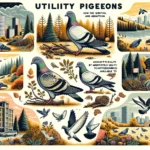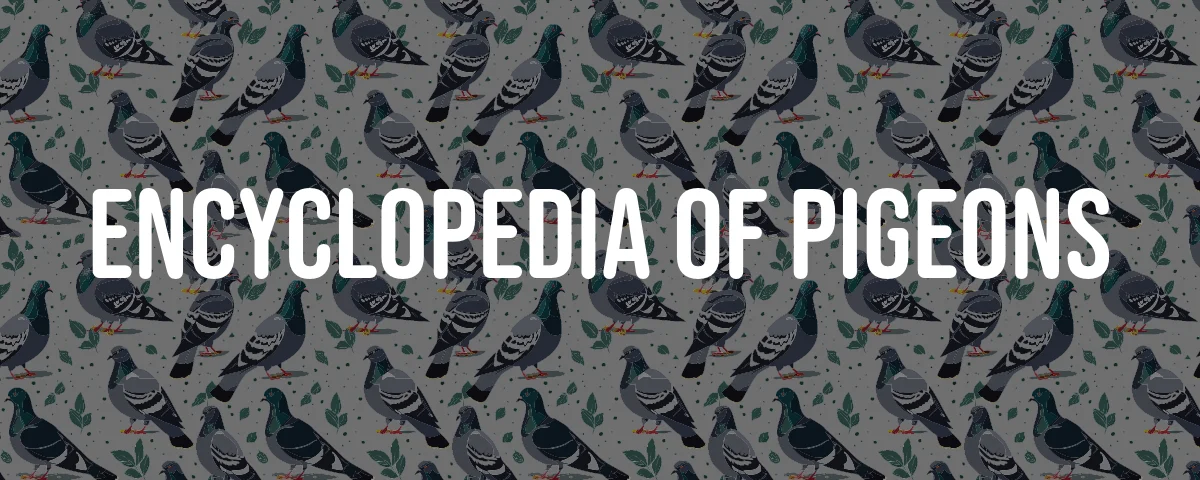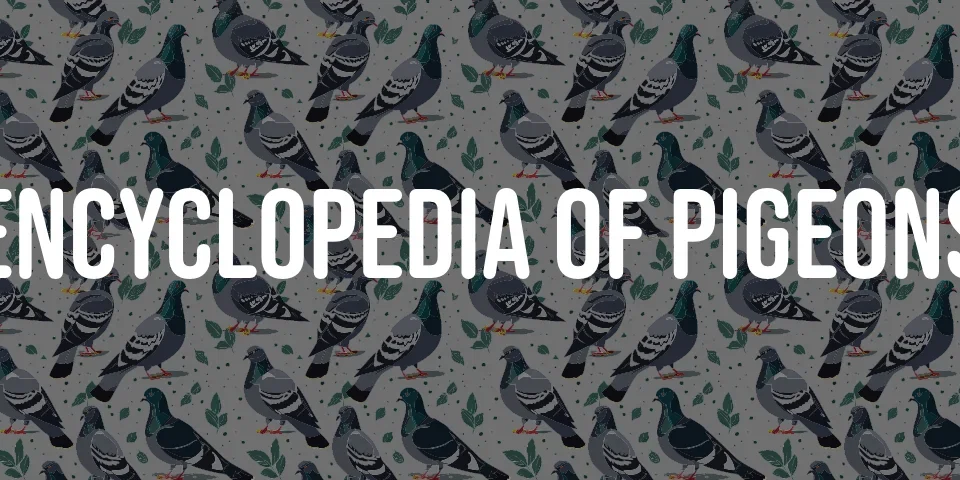The Buga Pigeon, also known as the Hungarian Buga Pigeon, is a breed of domestic pigeon that is primarily known for its utility and ornamental characteristics. This breed has its origins in Southern Hungary, particularly in the lowland areas around Szeged, Nagykoros, and Kecskemet. The Buga Pigeon is a descendant of the white-muffed Hungarian Giant Pigeon and has been bred by small farmers for decades, primarily as a squabbing bird, which refers to its use for meat production.
Origin and History
The Buga Pigeon was first described in the “Baromfitenyesztes” (Aviculture) issue of May 5, 1959, by Teremi and later mentioned by Peterfi in 1961 and 1963, who also provided a photograph of the breed. The breed is thought to have been developed for its utility as a squabbing bird, which means it was bred for the production of young pigeons or squabs that are suitable for eating. The Buga Pigeon is a good example of how a utility breed can be produced in a country by focusing on the quality of its production without consciously selecting birds for color.
Physical Description
The Buga Pigeon is a utility breed, well-proportioned for the production of squabs. It is blocky with a broad breast and appears to be tight-feathered with strong wings that enable it to forage for food effectively.
Size
The breed is classified with the giant pigeons but is noted to be smaller than the Giant House Pigeon. The average weight of a Buga Pigeon ranges from 174 to 264 ounces, with an average length of 18 inches.
Ornaments
The Buga Pigeon is adorned with a large shell crest, known as a “comb,” which features well-developed rosettes. It also has relatively short legs with medium-length muffs.
Colors
The breed comes in various colors, including black, blue, blue checkered, red, and yellow. The marking of the Buga Pigeon is somewhat similar to that of the magpied Komorner Tumbler, with a white head and a fairly large bib. The colored shell crest, nape, breast, upper belly, shoulders, back, and tail contrast with the balance of the body plumage, which is white. It often has a small snip or spot or long colored marking on its forehead. The eye is dark brown, and the eye cere is narrow and of light red color.
Breeding and Care
Breeding Buga Pigeons requires adherence to seven essential steps to ensure success and prevent issues such as disease, parasites, or vermin:
- A dry house protected from rain or snow.
- Separate houses for mated pairs and odd birds.
- A flypen that dries out easily, if required by the breed.
- A suitable feed ration protected from contamination.
- A suitable mineral ration protected from contamination.
- Water suitable for human consumption protected from contamination.
- Suitable nesting materials.
Neglecting any of these steps can lead to trouble, as prevention is easier than eliminating problems once they have occurred.
Table of Key Data
| Feature | Description |
|---|---|
| Origin | Southern Hungary (Szeged, Nagykoros, Kecskemet) |
| Ancestry | Descended from the white-muffed Hungarian Giant Pigeon |
| Primary Use | Squabbing (meat production) |
| Weight | 174 to 264 ounces |
| Length | 18 inches |
| Crest | Large shell crest with rosettes |
| Leg Muffs | Medium length |
| Color Varieties | Black, blue, blue checkered, red, yellow |
| Eye Color | Dark brown |
| Eye Cere Color | Light red |
| Notable Markings | White head with colored shell crest, nape, breast, upper belly, shoulders, back, and tail |
Interesting Facts
- The Buga Pigeon is not selected for color, which is a unique approach in pigeon breeding where ornamental traits are often a focus.
- This breed is considered attractive in appearance and is locally referred to as the “farmer pigeon,” indicating its close association with small-scale agriculture.
- The Buga Pigeon’s strong wings not only contribute to its ability to forage but also make it a robust bird capable of surviving in various environments.






